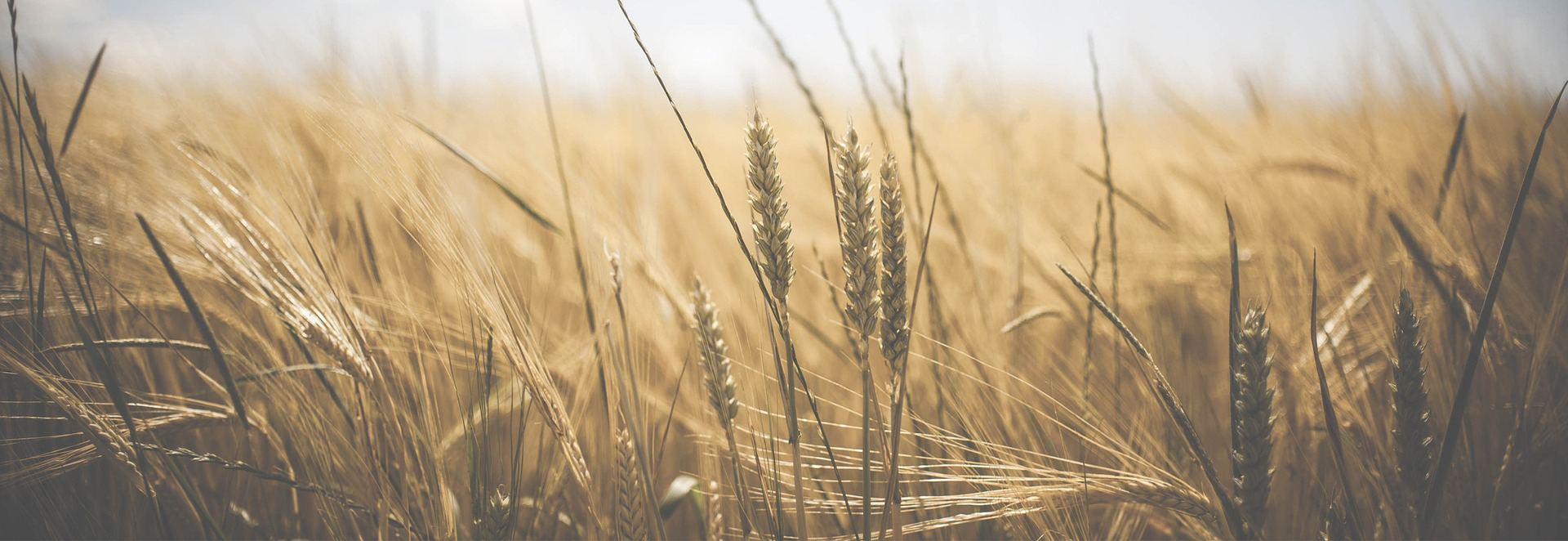
By: Grace Thomas, M.Agr.Sc. P.A.S.
In order to understand the importance of milk urea nitrogen, we first need to understand how it is formed. When the cow consumes protein, it is broken down in the rumen by the rumen microbes to ammonia. This ammonia is then converted to microbial protein by the rumen microbes. The catabolism of the cow’s muscle also creates ammonia. This happens when the cow is energy deficient and is metabolising her tissues to generate an energy source for her use. Rumen microbes capture the ammonia and create microbial protein. In order for this process to take place, they need energy in the form of carbohydrates such as starch and sugars.
Ammonia is toxic and any excess ammonia in the rumen is absorbed across the rumen wall into the bloodstream and transported to the liver where is it is converted to urea. However, this conversion costs energy. Urea is less toxic and a safer form of nitrogen in the body which can be either recycled via the salvia back into the rumen or excreted in urine or in milk as milk urea nitrogen.
The concentrate of urea in the milk is reported in the U.S. as Milk Urea Nitrogen (MUN), which is mg per decilitre (mg/dl). Ireland and the U.K. report Milk Urea (MU). Ireland report MU as mg/dl, whereas the UK reports the number as a percentage. Milk urea contains 47% nitrogen (Beatson et.al, 2019), this number is used to convert MU to MUN, and the calculation is as follows:
MU (mg/dl) X 0.47 = MUN (mg/dl)
MUN (mg/dl) /0.47= MU (mg/dl)
For the purpose of this article, the term MUN will be used, though all information is relevant to MU.
Excess ammonia in the rumen leading to high MUN, can be caused by a number of factors.
Low MUN’s are likely to be the result of low protein in the diet relative to carbohydrates. Either the diet is too low in protein, or there is an overabundance of carbohydrates being fed. Whichever way it is an imbalance of energy or protein that is the cause and effect of high or low MUN’s.
High milk urea is not only economically expensive, due to the extra cost of the excess protein being fed. It is also associated with poor fertility. This can be due to high ammonia levels raising blood pH, causing metabolic alkalosis and poor conception rates. The excess ammonia has an energy cost to the cow, as the cow utilises energy when converting ammonia to urea. This extra energy cost needs to be considered when MUN’s are high.
Low MUN levels can lead to low milk volume. Rumen fiber-digesting microorganisms are dependent on ammonia for their growth. A reduction in ammonia can limit the growth of these organisms resulting in reduced fibre digestion.
For the interpretation of MUN, a number of factors need to be considered such as the crude protein of the formulated diet and the milk production. Table 1 lists MUN/MU levels with suggestions on how they can be improved. These numbers give us a good idea of how the cow is performing and if she is been provided with a balanced diet.

For the interpretation of MUN, a number of factors need to be considered such as the crude protein of the formulated diet and the milk production. Table 1 lists MUN/MU levels with suggestions on how they can be improved. These numbers give us a good idea of how the cow is performing and if she is been provided with a balanced diet.
Milk urea is a valuable tool in determining the overall balance of a diet and the rumen. If milk production is low and/or fertility is poor, it should be one of the first numbers considered. As a number outside the range can indicate numerous problems in the ration. Speak to your Agri-King representative today who can help provide a balanced diet, using Agri-King’s unique ration balancing programme. AK
Beatson P.R., Meier S., Cullen N.G., Eding H. Genetic variation in milk urea nitrogen concentration of dairy cattle and its implications for reducing urinary nitrogen excretion. Animal. 2019;13(30808431):2164-2171
Ishler V.A. Interpretation of Milk Urea Nitrogen (MUN) Values. February 16, 2016. Accessed February 10, 2022. https://extension.psu.edu/interpretation-of-milk-urea-nitrogen-mun-values
*Holstein cows usually have lower MUN than other breeds. Herds milked three times a day have higher MUN than herds milked two times a day. Morning milk is lower in MUN compared to evening milk.
Fire and Ice: Feeding Crops Stressed by Drought and/or Frost